Catch-all bins are an excellent way to organize. They can be used to gather small items together. Keep odd-shaped items from falling off shelves (affiliate). And of course, keep like items in one place. Here is how to use catch-all bins when organizing. Keep in mind that each catch-all bin needs a purpose and should not just be a place to hide items away. Stick around where I also talk about not letting these bins become DOOM bins and ways to help you keep yourself in check. Let's begin.
Jump to:
What types of catch-all bins are available?
Bins can be made of any material and any style you like. I have had several bins over the years, and all of them fall in one of these categories. I describe what I use these bins for as well.
Wicker Bins (affiliate) - These bins are great for items that are not too heavy. They are usually more decorative and can break easily.
Plastic Bins (affiliate) - These work well for heavy items. They can easily be cleaned and can handle a lot of wear and tear.
Fabric Bins (affiliate) - They are perfect for light items. They can be used for clothing and can hide items.
Acrylic Bins (affiliate) - They are great for pantries and refrigerators because they are sturdy, easy to move, and take up little space.
Read more options in my post below.
12 Essential Container Types For Your Next Organizing Projects
There are numerous container types available for purchase these days. From dollar store finds to expensive boxes at an organizing store, different container types can help for various purposes. You can use individual containers for the refrigerator, but other bins wouldn't work in the fridge.
Where to use catch-all bins?
They can be used in any room in the house, office, or car. Below are examples of areas you can place them.
Entryways and Mudrooms:
The bins in this area can be used for shoes (affiliate), gloves, hats (affiliate), etc... basically anything that will be left in this area when people enter the home.
Craft / Hobby room:
These bins can be used for paper, cutters, and any craft-related product.
Hall and Bedroom Closets:
Use your creativity with this one. We use a wicker bin for my husband's baseball caps, and I have exercise pants in another bin. We also have cloth bins in the foyer closet to hold out-of-season clothing, like hats (affiliate), gloves, and scarves.
In an Ikea cabinet or shelf, this image shows where we keep these catch-all bins for my husband's caps.

This catch-all bin is on top of the coat closet shelf, where I store my winter hats (affiliate), gloves, and scarves.
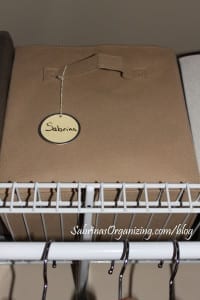
Stairs going upstairs and downstairs:
This really helps when you have a multi-level house. These are my bins that fit great on the steps and hold items that need to go upstairs. At the end of the day, I walk around the living room, grabbing any items that were not put away and need to go upstairs. I place them in the respective bins, and when the other family members need something, they know to look there. This way, I am not hunting stuff down in our home.
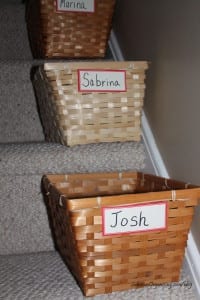
To add a little splash of color to the steps, change out these bins to match the holidays. I have bins for Halloween, which are black and white. My Christmas bins are red and green. And my Easter bins are below.

Garage:
When storing stuff in the garage (affiliate), I recommend plastic because it can be easily cleaned. It can also hold the weight of items in the garage (affiliate).
Pantry:
This is another one of my favorites to have catch-all bins. I have a shallow so a bin like this works great to hold things like pasta. It doesn't fall off the shelf, and I can see right through it. You can use this bin for crackers and other smaller packaged items.

Car Trunk:
In this area, you can store things like reusable grocery bags, a mini first aid kit, and water. Check out the What to Keep in Your Car post with the complete list.

Family Room, Living Room, Playroom:
Toys work great in these catch-all bins, especially those with lots of smaller pieces, like Lego pieces and games. Other items you can store in catch-all bins include video games and controllers.
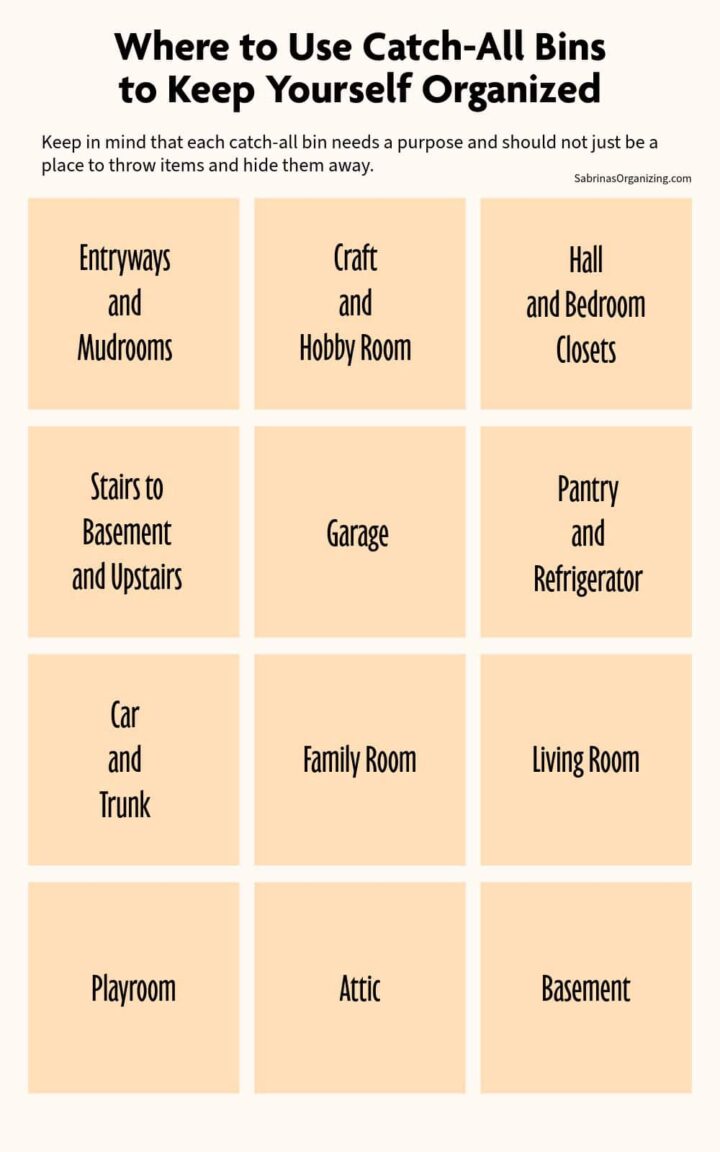
What tips do I need to know when using catch-all bins?
- Purge items you don't need before placing them in a catch-all bin.
- Group like items in one bin. Try to limit the size of your catch-all bin to something easy to carry. That way, if you need to move it, you won't injure yourself.
- Make a vow that if the bin gets too full, you will go through it and get rid of stuff. Remember: The "one in and one out" rule.
- Label (affiliate) each bin with the appropriate group name. I like to write each group name on a piece of paper before I go to the store so I know exactly which bin I need to buy.
- Measure the pile's length, height, and width to determine the size bin you need.
- Check out the discount stores and Dollar Stores for more affordable bins. Visit my recent post about when is the best time to buy organizing products.
- Before placing the items in the bin, ask yourself if you used them in the last 90 days and if you definitely will use them in the next 90 days. If your answer is no, then you should donate or recycle it.
- Do not just place items in a bin; there should be a reason for adding items to a catch-all bin. Are the items needed in a particular area, but do not have a designated bin for those lost items?
What is a "DOOM" Bin, and how do I never make them again?
A "doom bin" is a bin or box filled with random items that have been quickly gathered to be organized later, but often end up being forgotten. These catch-all bins are not DOOM bins. It is designed to collect small, purposefully placed items that are easy to access and use. Below are tips on how to get rid of the DOOM bins once and for all.
First, get rid of the DOOM bins you have.
This means spending time sorting through the DOOM bins one at a time, grouping items, deciding what you do not need, and getting rid of the unnecessary items. Since it will probably be a large bin of random things, make it a race and see how much you can get rid of in 30 minutes.
If you realize that you need a catch-all bin for similar items found in the DOOM Bin, set them aside until you have finished your bin to determine the actual size you need. The proper catch-all bin should be slightly larger than the pile of things you need to store in it.
Create a pile for "in-progress".
This pile is for items that need to be taken care of. Like mail or bills, you can get a folder, write it "take action by (date)" on the top, then place these items in the folder. By doing this, you will prevent these items from getting lost in the piles created during sorting.
Make a list of where things belong.
Now that you have gone through your DOOM bin, it is time to change your habits and create new ones that will foster a well-organized life. Start by giving each group of like items a home. Lay out the items on a large flat surface, like a dining room table. Divide the 'like' items into different areas of the table.
An example of how to get the right size bin for your things.
Say you have lots of colored markers and colored pencils in a bin. Gather all these items together and measure how large the pile is-height, width, and depth. This will give you a good idea of the size of the bin you need. Bring the tape measure (affiliate) with you when shopping for the bin, and measure the bin size at the store, or check the dimensions in the description area in the online store. Doing it this way has helped me greatly get the right size bin and reduce returns. Many of these bins state gallons, but that doesn't help you figure out the right size bins for these piles.
Labeling is key.
To keep reminding oneself what is in a bin, I like to add a label (affiliate) that describes the like items inside. With the example above, I would write on the label (affiliate), Colored Markers in one bin and Colored Pencils in another small bin, or place them together in one slightly larger bin and write Colored Markers and Colored Pencils.
Revisit these new catch-all bins often.
OK - now that all the bins are labeled and sorted into like-items catch-all bins, it is time to revisit these bins regularly. Try every week or so for a little while to ensure that only the items that should be in the bin are in there. Give yourself 5-10 minutes to visit this area every week until you change the habit and retrain yourself.
Involve everyone in the DOOM bin clear-out and catch-all bin reconstruction.
If you live with family members or roommates, it is essential to involve them in clearing out these bins, as their things are likely in there too. Sharing the responsibility will lighten the load on you and create a better organizing system for all. If you all work together to find the correct bin for similar items, everyone will know what goes where, keeping everything organized and in the right place.
Reward yourself
Reward yourself for completing a step of the task, like emptying a DOOM bin or sorting items into a smaller bin. This makes it more motivating.
Get help
Accountability is key (affiliate) when getting tasks done. Clearing out these DOOM bins can be overwhelming. Feel free to ask family members, friends, and even Professional Organizers who can keep you on track and help you through your obstacles.
Well, that's it for now. I hope this helps you decide which catch-all bins you plan to use for your home, office, and car.
Feel free to check out the video about DOOM bins and share it on my YouTube channel! https://www.youtube.com/shorts/2EXfKRmI-aM?feature=share
Let's continue the conversation. Do you use catch-all bins in your home? What type do you use? What area of your home do you use catch-all bins? Do you have any tips on how you use them? Please comment below.
Please note these are affiliate links through Amazon (affiliate), and at no additional cost to you, I will earn affiliate fees if you decide to make a purchase.
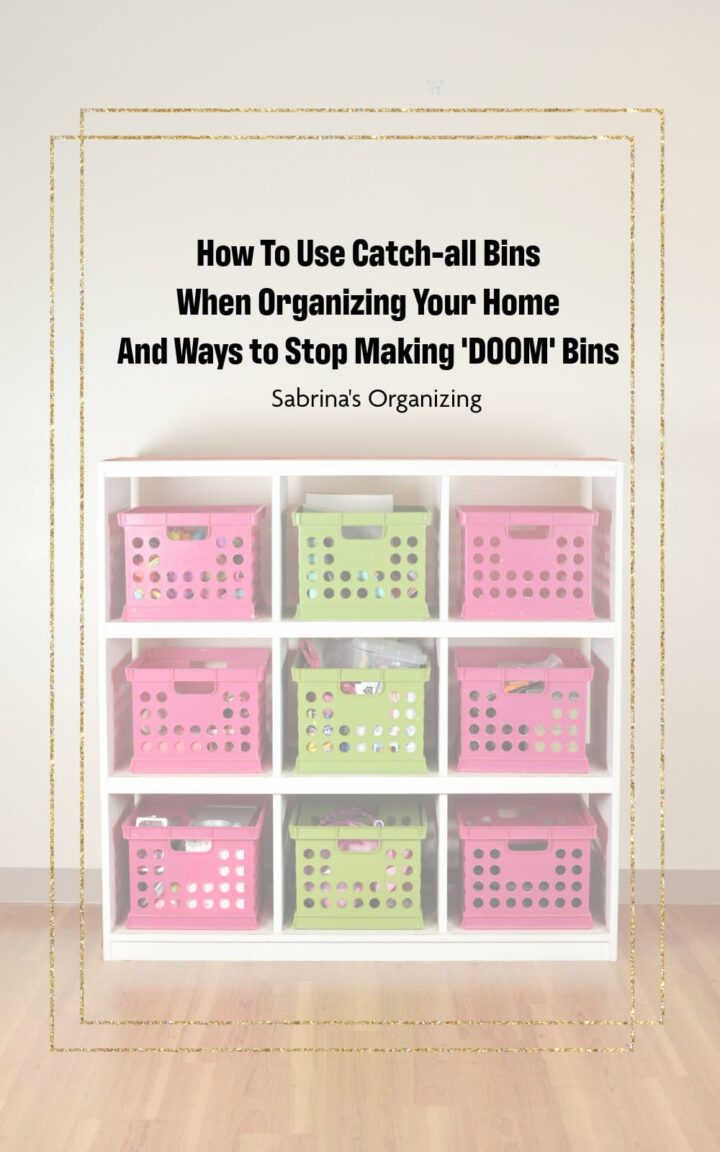

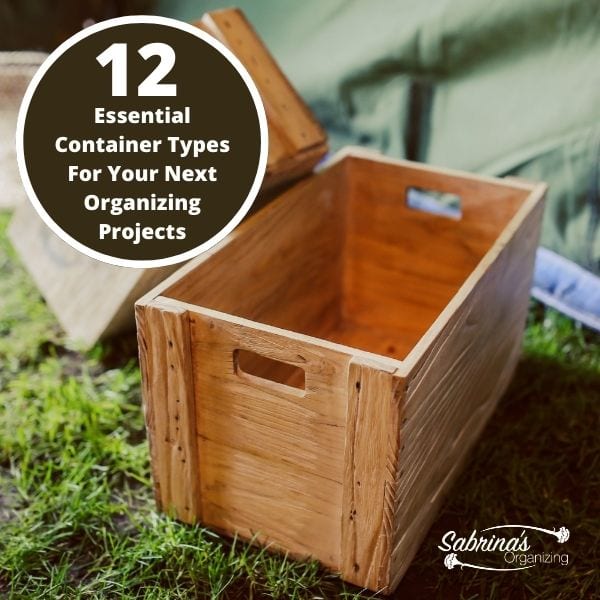




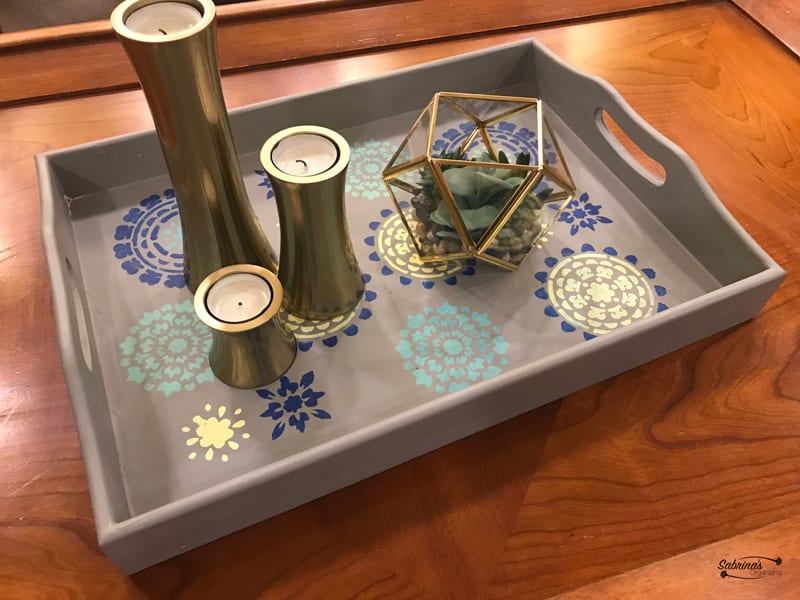
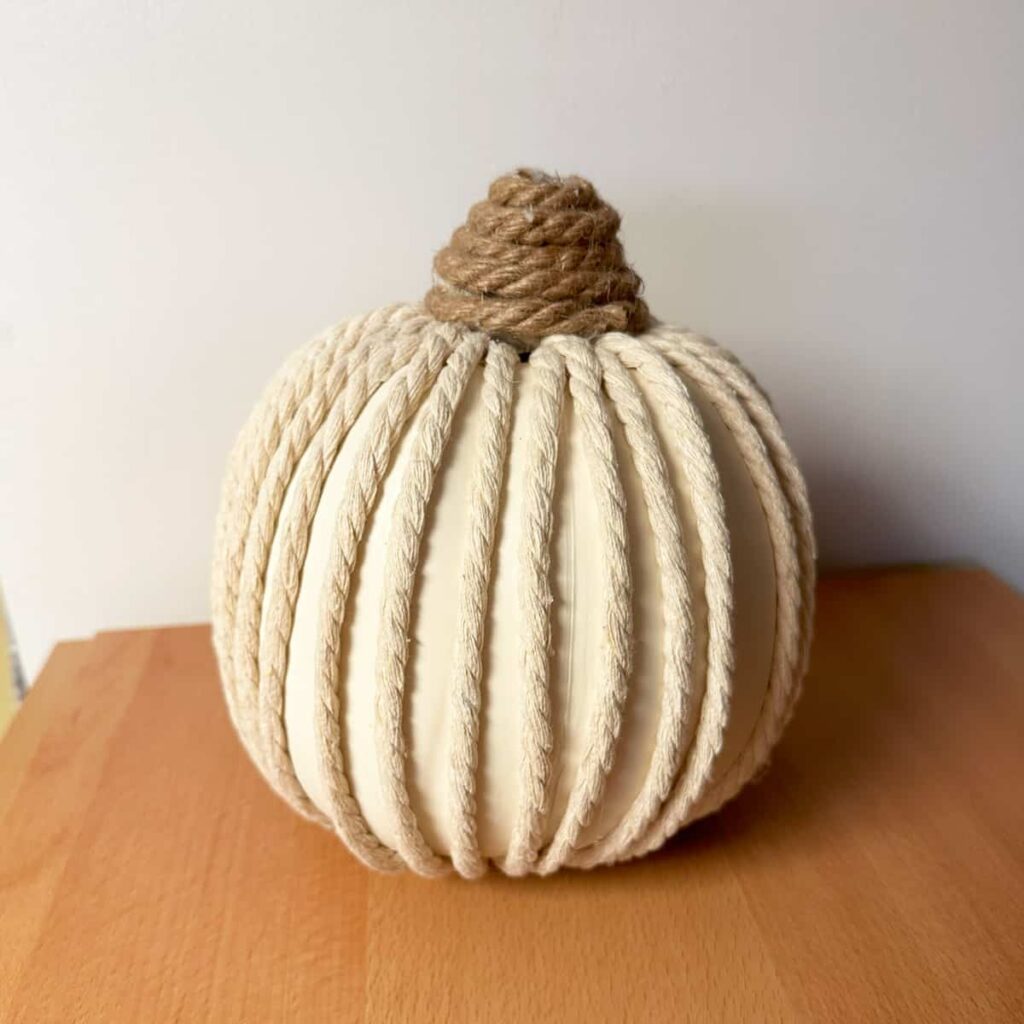
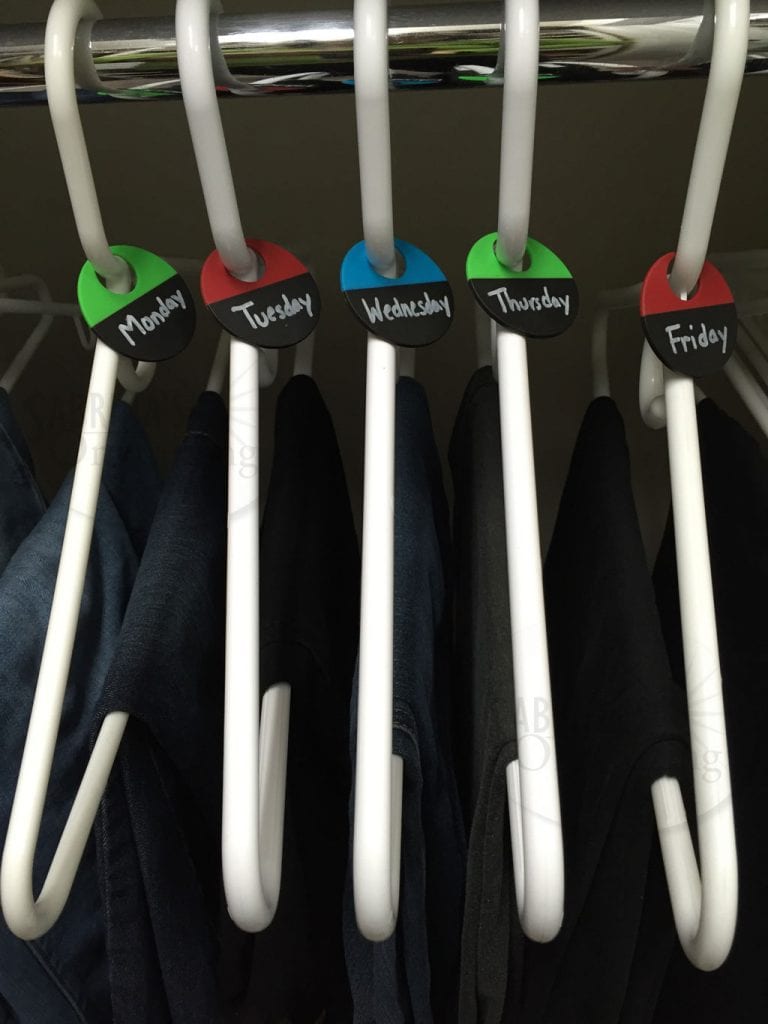
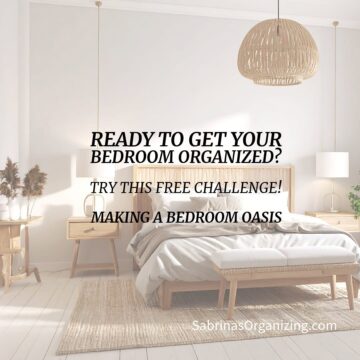
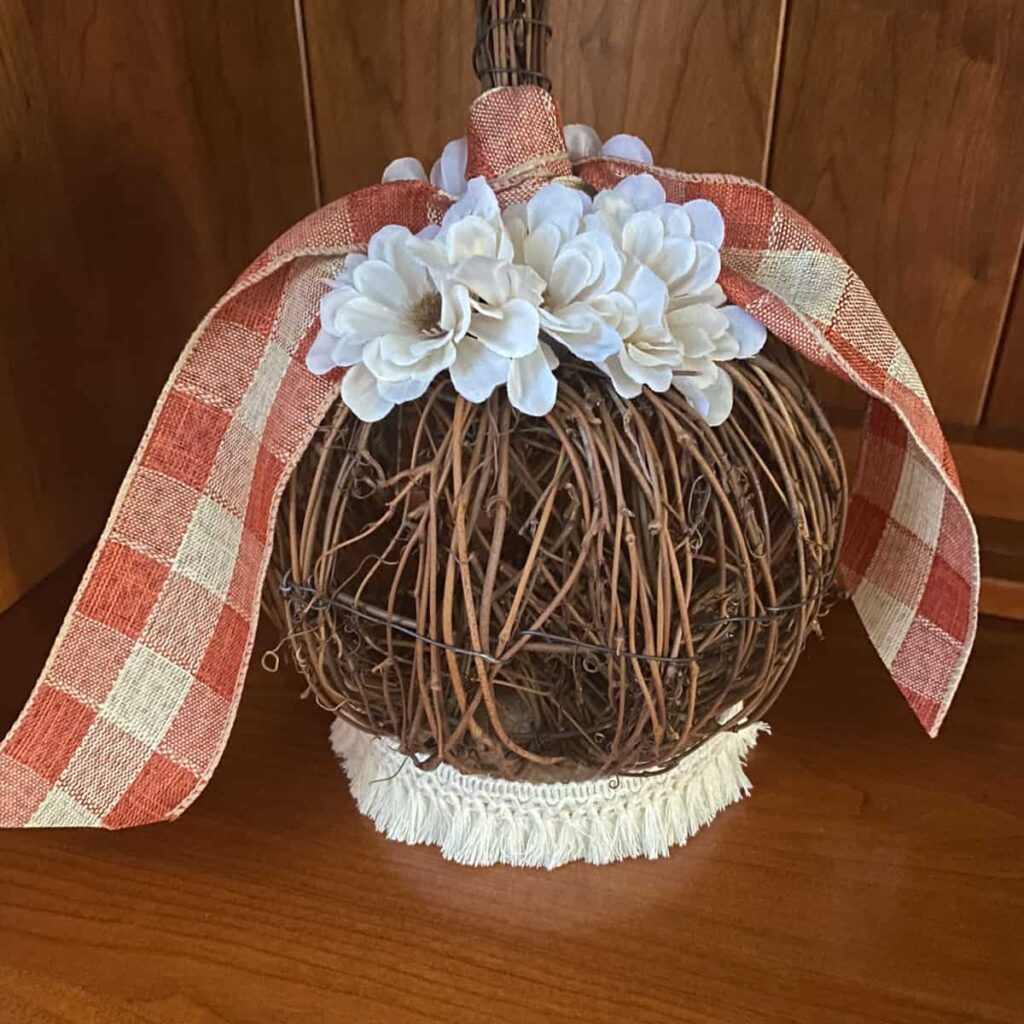
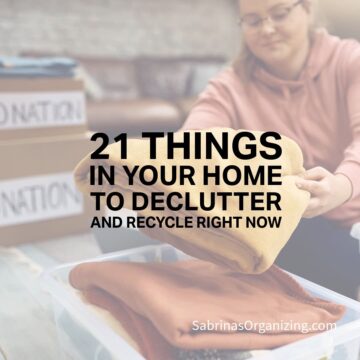
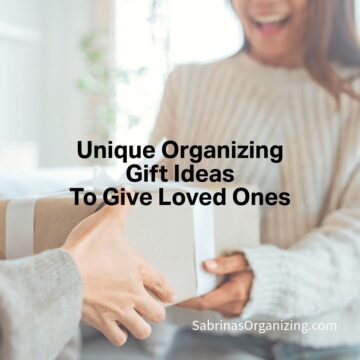
Julie Bestry says
I love how robust and omnidirectional your advice is; I think you hit every location appropriate for bin use except bathrooms, and every type of bin.
Personally, I'm a fan of plastic (especially the milk crate style you show in your graphic) for heavy-duty use and fabric. Personally, I have a history of getting splinters of wicker under my fingernails, so I avoid that. Acrylic has understandable appeal for bathrooms and kitchens, but aside from using them in fridges, I avoid acrylic for its tendency to "squeak" when moved along a surface. So, I guess another consideration, beyond versatility, design, and utility is sensory experience.
I love that you reminded people of the importance of labeling, especially as opaque bins make it easy to lose track of unlabeled collections. And yes, that can spell doom! 😉
Linda Samuels says
I'm a huge fan of bins and containers! I guess that's no surprise being that I'm an organizer. Picking the right type (size, style, shape) for the intended purpose is the fun part- at least it is for me. Fortunately, there are lots of options and places to find them.
The "Doom" box or bin can be problematic if it remains as is. I recently found out that Doom stands for "Didn't organize, only moved." It drives home the point that containing is great, but editing and organizing first is really the first step. Once that's done, in some cases, a bin will no longer be necessary.
Seana Turner says
I completely agree that the challenge is to keep a catch all from becoming a "doom bin." Those doom bins take so long to untangle!!!
Labels are key for sure. I do have a basket in the top of each family member's cubby. My kids have flown the nest, but when they were at home, if I found something of theirs strewn about, I put it in this basket. They always knew where to look first if they couldn't find something, and it was out of my area, so we were both happy!
Diane Quintana says
I love all your examples of ways to use bins, Sabrina. Plus, your description and ideas for ways to avoid making DOOM bins are terrific. So often things get tossed into a bin - just to collect them - and they never see the light of day again. It's really important to refrain from doing that.
William Rusho says
Nice post about those types of bins.
I have several for different type of hobby tools, I do have problems taking the time and putting them in the correct bin. Usually one catch all bin, ends up being ALL catch all bins.
Thanks for sharing.
Kristina Rylova says
Nice article!
Now I feel like devoting my next weeken to cleaning up and structuring all the stuff in my room 🙂
Thanks for inspiration
Rose Mary Griffith says
Great ideas for a busy family, or--ahem--a husband whose garage is impossible for finding things. You just set me up for some great spring cleaning in his space.
When he's traveling. HA!
I use bins for some of these things, too.
Erica says
I'm such a sucker for wicker bins. They are one of my favorite tools for staying organized. I love the bright colored baskets on the stairs. I don't have a staircase, but I'm gonna try to do something like that in my home. I don't think it has to be reserved just for Easter either!
Ken Dowell says
I'm partial to wicker. And I can assure you that my wife would be thrilled if all of my baseball caps were confined to one catch-all bin.
Jeri says
I use a few plastic bins here and there to help keep things in their place. Your note of clearing the bins on occasion or else disorganization will continue to reign if the bin becomes just another place to pile things up.
Janet Barclay says
I have plastic bins in my kitchen cupboard to hold spices, both jars and packets. I don't try and alphabetize them, but I do separate them A-F and G-Z so I can find what I need fairly quickly. It's funny that so many spices start with letters at the beginning of the alphabet!
Janet Barclay says
Well, that worked for a while, but as my shopping and cooking routines evolved during COVID, I had to change to a different system. However, I still use bins to hold my winter hats, scarves and mittens, as well as oversized plastic bags for taking shredding to the UPS store. I'm sure I could find a few more uses for them!
Catarina says
Excellent suggestions on how to use bins to organize almost anything in our houses that tend to be left on shelfs, chairs, tables and other surfaces. Much better, and neater, to put such things in bins, preferably attracitve and personal ones.
Marquita Herald says
I love catch-all bins and have several. Living in the islands I use wicker in the house and heavy plastic in the garage for cleaning supplies, etc. I don't have children but I have one bin for the things I use when I take my dog for her walks and then there's another bin that has her toys. It never ceases to make me laugh to watch her dig through her big to pick out just the right toy to play with or curl up with when she takes a nap.
Phoenicia says
I love the idea of like for like items being stored in one place. I have a rule in our home; everything should have a home. If you use it then you return it.
We have the issue of a lack of space. Here in the UK, the average house does not have three reception rooms or a "play room". I try my very best to declutter my children's toys and arts and crafts often, otherwise they leak into other areas of our home.
Doreen Pendgracs says
We use these kind of bins in our home, too. I use them in the closet to organize hats and mitts, in the bedroom to organize my husband's CD's, etc, and anywhere I don't want disorganized clutter.